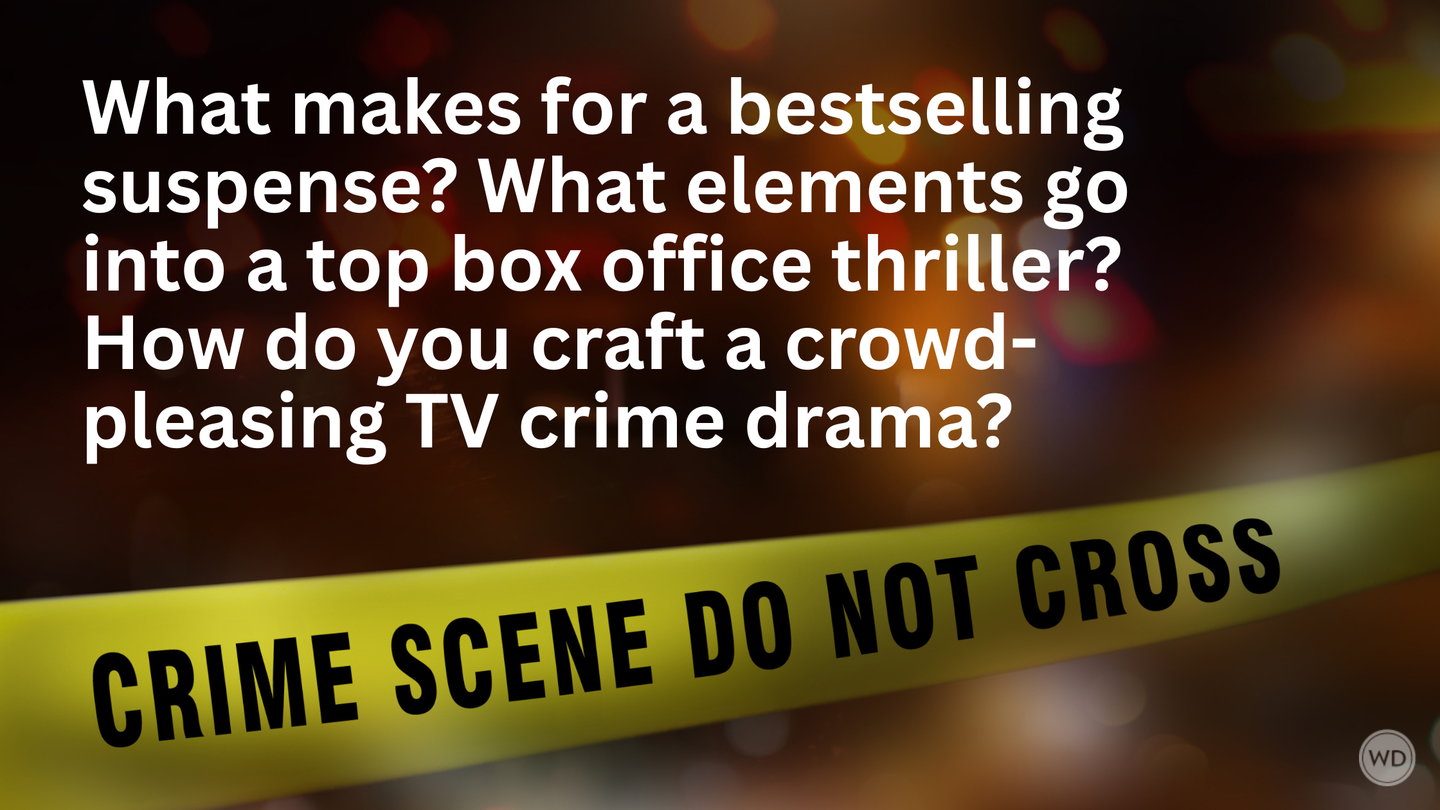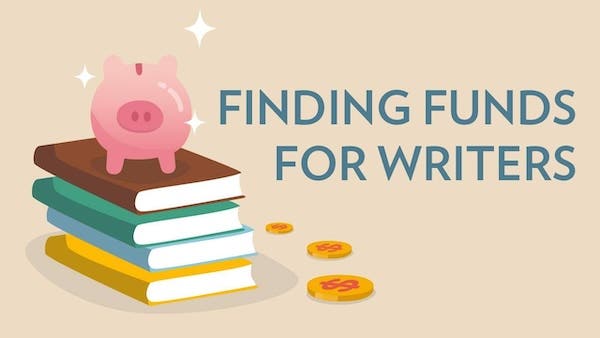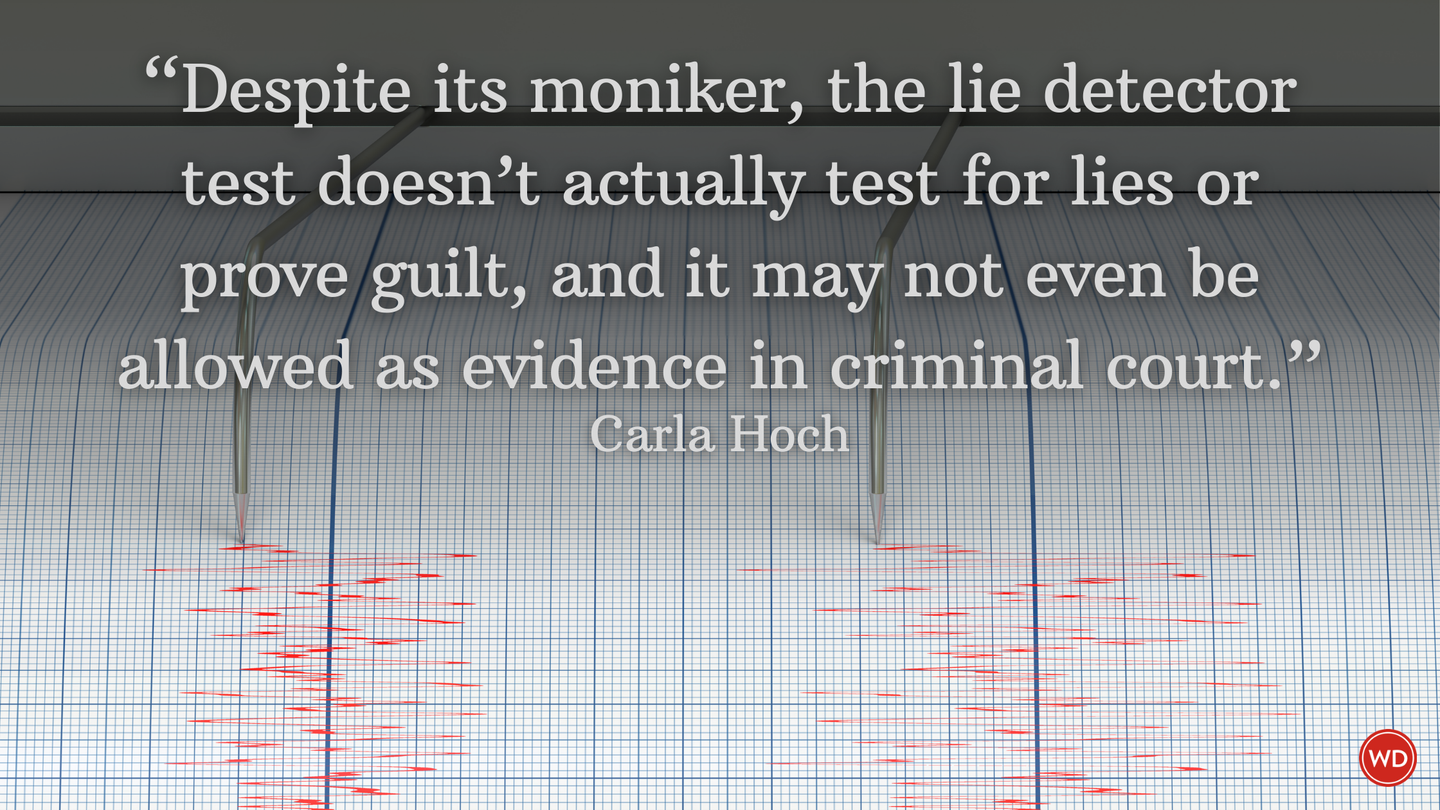3 Tips for Writing Unlikely Friendships in Fiction
A friendship between unlikely characters is rife with opportunity. So how do you nurture that relationship as it evolves on the page? Debut author Emily Spurr offers 3 tips to writing unlikely friendships in fiction.
There’s something about unlikely friendships that hook our attention. It’s a fascination that seems to be fairly universal; my local paper has a weekly section devoted to them that has been running for 30 years. Clearly, there is something going on here.
When you look, you see this fascination everywhere. Without thinking too deeply I can rattle off nearly half a dozen literary examples: Scout and Boo, Sherlock Holmes and Dr. Watson, Hercule Poirot and Captain Hastings, Crowley and Aziraphale in Pratchett and Gaiman’s Good Omens, Will and Marcus in Nick Hornby’s About a Boy, Cheryl and Clee in Miranda July’s The First Bad Man…. And that’s without even mining at the deep vein of ‘buddy’ movies or YouTube’s obsession with unlikely animal friendships.
So, why the fascination? The tension and humor that emerges from the combination of the unexpected certainly creates compelling interactions between characters, but I think perhaps there is more going on than that. Unlikely friendships are an embodiment of the way the world can delight and surprise us. There is something inherently hopeful in unlikely friendships, I think. It speaks to our ability to surprise and connect—and how, in all the ways that matter, we are not really that different.
In a narrative, these unlikely companionships can do some heavy lifting. My novel A Million Things tells the story of 10-year-old Rae, who is unexpectedly and traumatically motherless. Unable to face her situation, she conceals the truth and continues looking after herself and her dog as if nothing has happened. An isolated child from an isolated family, Rae is uninterested in making friends. Friends are dangerous. Her elderly neighbor, Lettie, has her own secrets and is equally uninterested in letting people in, especially a child. But when Rae steps in to help Lettie out of some trouble, an uneasy friendship develops.
IndieBound | Bookshop | Amazon
[WD uses affiliate links.]
This unexpected and unwanted relationship both soothes and threatens their situations, and provides a humor and relief from the darkness of their lives. But it does more than that too; their relationship highlights the depth and complexities of their characters and their situations for the reader. Here, we get to the power of the unexpected friendship narrative.
By forcing these characters to really see each other, the reader is forced to look beneath the surface, too. Through comparison we are able to see the ways they are different but also the ways they are the same. It was through the juxtaposition of their differences that I was able to accentuate the profound ways in which Rae and Lettie were the same, the profound ways in which we are all the same: our need for connection and how, to achieve that, we must first allow ourselves to be vulnerable.
It’s important to note that none of this was on my mind as I was writing. The character of Lettie was not even a main character when I began the novel. She just kept popping up and before I knew what was happening, they were going on a road trip. Perhaps that’s the power of the unexpected friendships, their ability to take us by surprise. After some reflection, I reckon there are 3 big things to keep in mind when writing unexpected friendships, and I think it would be fair to say that these strategies were employed fully by my subconscious—hence Lettie and her ugly shoes forcing her way into the story.
3 Tips for Writing Unlikely Friendships in Fiction
1. Know your characters.
Know your characters, and know them inside out. You don’t need to let the readers know every detail, but I believe you need to know it. I’m a bit of a ‘method actor’ as a writer—I close my eyes and feel what they do, bodily, then I try and pin it in words.
This requires a fair bit of honesty, compassion and research. Reach within yourself, be vulnerable to find their emotional truth, then dig deeper. You can’t create a believable friendship if you don’t know who your characters are.
2. Let your characters see and respond to each other.
How do they react to each other? What is it they hide from each other? What is it that they see in each other that no one else does? How do they show care or frustration to the other? What rubs them the wrong way? What threatens them? What makes them laugh? What does this friendship give them? When and how do they feel this? Do they express it? How do their interactions change them?
Show the reader these aspects and you allow the reader to see your characters in a new way— through the eyes of the other. This can be used not just to drive the narrative and to deepen the reader’s understanding of the story, but also to add light and shade to the emotional tide of the narrative.
3. Consider the structure of their relationship in the narrative.
When considering the structure of the "unlikely friends" narrative, I was delighted to see many commonalities with the "love interest" story, which I think are worth examining from the perspective of structure.
- In both narratives, the relationships are the first threat and also the first ally of the protagonist. In my novel, Rae was afraid that Lettie would learn her secret, then she began to rely on Lettie to (unwittingly) help her keep it.
- The first conflict can help to show their differences and highlight the unlikely nature of their friendship. This makes their relationship, when it develops, feel rich and rewarding. With Ray and Lettie’s first conflict they appeared to have very little in common, yet as their relationship developed, it is their differences that bring each other the most comfort and joy.
- As with the love interest, this relationship needs tension to sustain the interest of the reader and pull the characters thought the story. This tension often stems from something that has the potential to threaten the relationship. In my novel it’s the full truth of Rae’s secret that creates the tension in the developing friendship. If Lettie saw the truth of Rae’s situation, Rae’s life would burst open beyond her control. It might also mean the end of their friendship, something Rae, against her better judgment, has come to rely on.
Writing an unlikely friendship, like unlikely friendships themselves, really has no rules. I’ve offered some observations at the nuts-and-bolts level, which I hope might be useful, but I think the key thing to keep in mind is that the power of the unexpected friendship lies in its ability to surprise and delight us and, of course, to make us laugh.
Born in Tasmania, Emily Spurr lives in Melbourne, Australia, with her partner, their twins, and a deaf, geriatric cat. Short-listed for the prestigious Victorian Premier's Unpublished Manuscript Prize, A Million Things is her first novel.






